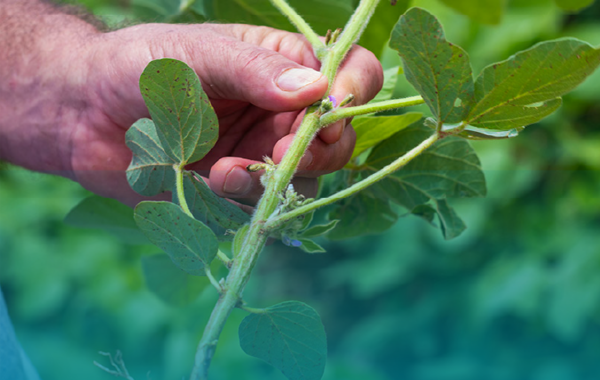With the knowledge that we have at Skretting, salmon grower feeds essentially require zero marine ingredients. This is possible due to nearly 30 years of R&D at Skretting ARC.

We promote the efficient use of these resources, producing increasing amounts of farmed salmon from a given input of fish meal and fish oil.
We regularly update the industry with the amount of wild fish used to produce 1 kg of feed, based on the average, weighted raw material composition. The use of wild fish is commonly expressed as the forage fish dependency ratio (FFDR). It is calculated based on the use of fish meal and fish oil.
With the knowledge that we have at Skretting, salmon grower feeds essentially require zero marine ingredients. This is possible due to nearly 30 years of R&D at Skretting ARC.
Using technology that is based upon our latest understanding of essential micronutrients and how they interact with fish and shrimp, Skretting’s MicroBalance® concept allows us to replace one feed raw material with another without impacting performance, welfare or end-product quality.
This means we can think about ingredients as carriers of nutrition, without focusing on the ingredient itself. Currently, however, the prices of the novel alternatives that are reaching the market make marine-free feeds less viable from an economic perspective.
However, new feed ingredients are entering the market rapidly, and we anticipate that within the coming years, these alternatives will offer a competitive solution for our aquaculture feeds.

Next
14.3 The origin of soy ingredients
Tropical deforestation is widely regarded as& one of the most serious global environmental problems of our time. As such, we are committed to supporting raw material production initiatives that do not occur in regions subject to deforestation.
